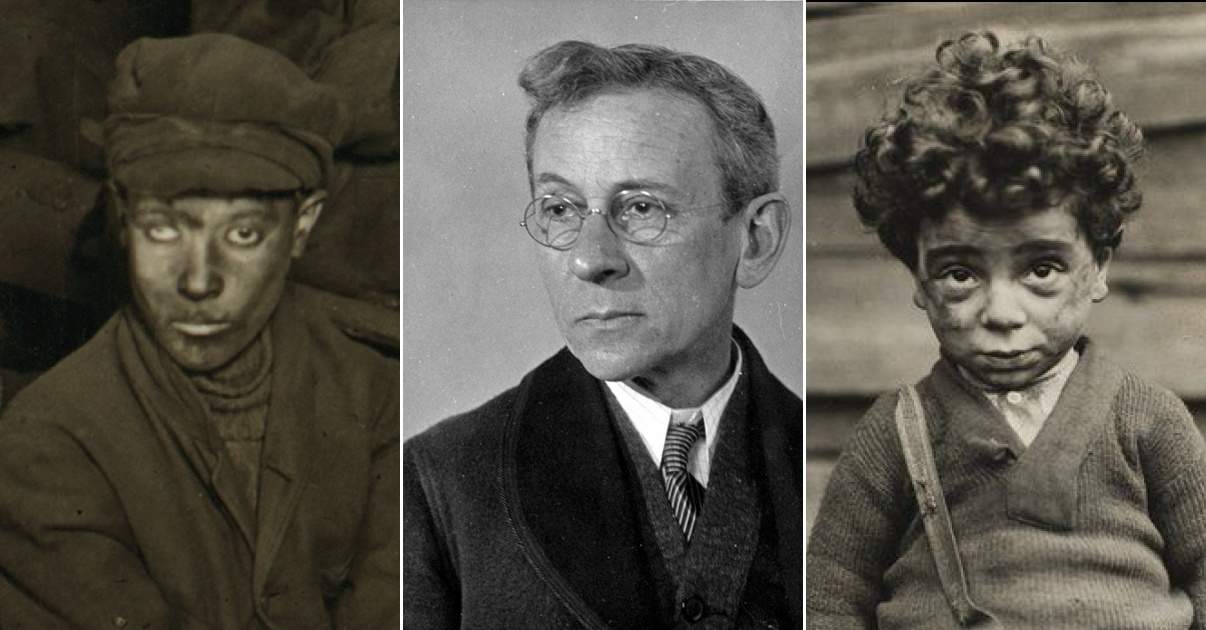While it wasn’t uncommon for children to work from an early age in nineteenth and early twentieth century America – on family farms for example – the Industrial Revolution brought about a new form of child labour. The harsh reality of poverty meant that unfortunately some children had to abandon their studies and begin working from a very early age to help support their families. In some cases, children went to work alongside their fathers, which was common in industries such as coal mining. In a sense, poverty robbed them of their childhood, damaged their health and, in reality, took away the opportunity of a better future. Once these conditions were exposed, many organizations and activists worked to fight for the rights of these child laborers.
Coal was the energy source that fueled the Industrial Revolution which continued into the early twentieth century in America. As coal mining became more mechanized, fewer people were employed in the industry, but for those who remained, and whose livelihood depended on it, conditions remained extremely hazardous. Coal mining became a major part of the economy in areas of the United States such as Allegheny, the Appalachian Mountains, Wyoming, northern Maryland, Welch in West Virginia, and Pennsylvania. It became a part of the cultural identity of these areas.
The West Virginia city of Gary, was named after attorney Elbert Gary, who was also a co-founder of the United States Steel Corporation. U.S. Steel Corporation was once the largest producers of steel in the world, producing two-thirds of the world’s supply of steel in 1901. As coal was an essential element in the extraction of iron from iron ore, Gary rapidly became a coal mining town to supply the steel industry. Welch in West Virginia was the largest producer of coal in America up until the late 1960s and proudly called itself “The Heart of the Nation” Coal Bin.
Many children of impoverished families were forced to take work in this dangerous and unhealthy occupation. For employers, hiring children to carry out this work had many advantages. They could pay them lower wages, children were better suited to performing certain tasks due to their small stature, and were more obedient and submissive – therefore easier to discipline into working long hours at tedious manual labour tasks.

Children were employed as workers for coal mines in various roles. Breaker boys had to separate lumps of coal from slate, rocks, clay and other debris. They suffered from a skin condition called “red tips” as a result of numerous nicks and cuts to their fingers and from repeated exposure to sulphur found in coal. The breaker boys were not allowed to wear protective gloves as it would negatively impact their dexterity, and thus, their overall productivity, leaving them with no choice but to endure it and keep going.
Many breaker boys suffered hearing loss from prolonged exposure to extremely loud machinery. The machinery presented a constant danger to work-weary children and sadly many lost fingers and limbs, while some unfortunately lost their lives. The official minimum age for a breaker boy in the United States was twelve years of age. But in reality, often times birth certificates were forged to allow for even younger children to work this role. Although the breaker boys worked above ground, they still worked in an environment where coal dust filled the air. As a result, they suffered from serious chronic respiratory illnesses.


